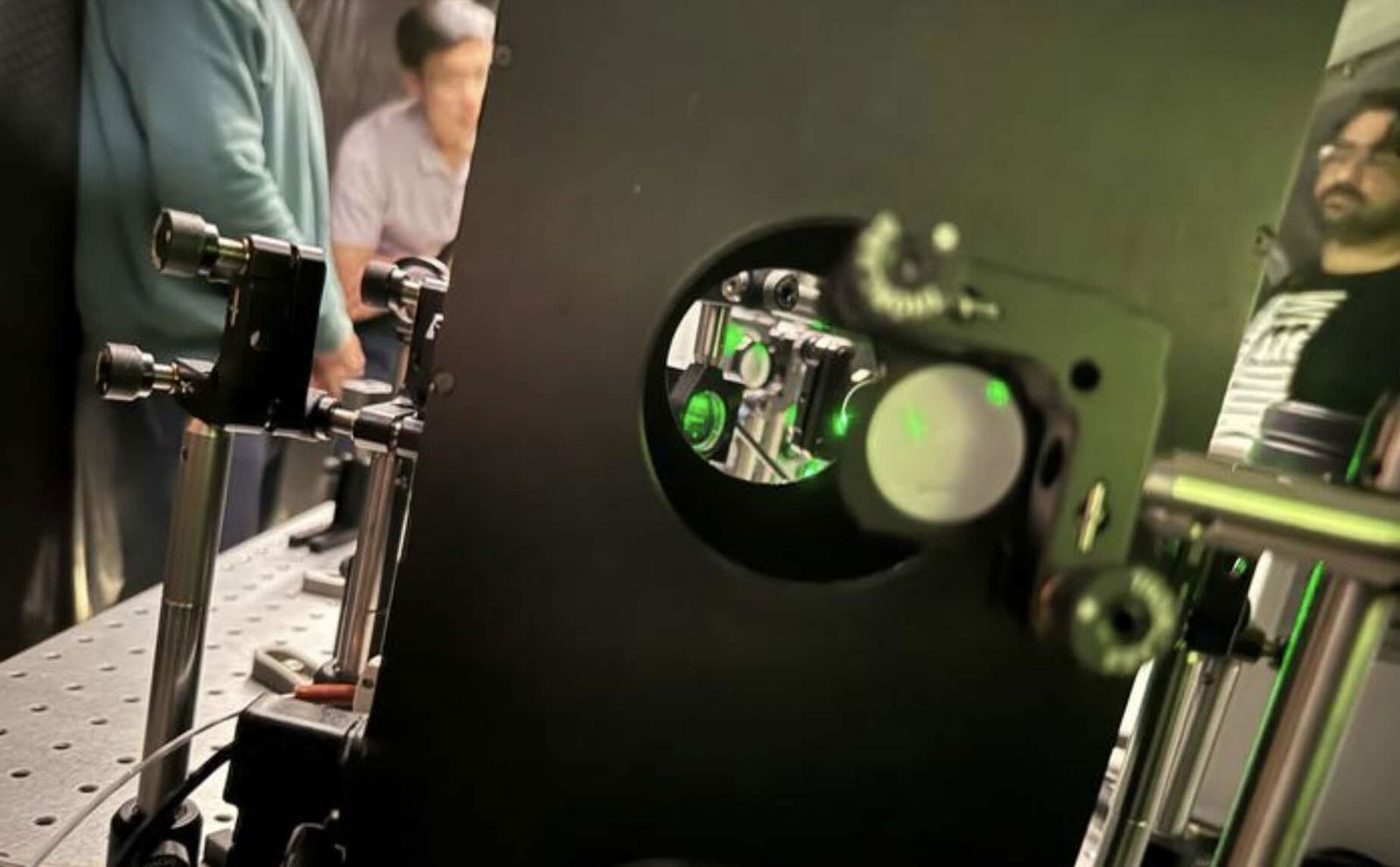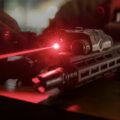While knots are typically associated with shoelaces or tangled cords, researchers have demonstrated that they can also be formed using laser light beams. In a recent study published in Nature Communications, engineers at Duke University successfully manipulated laser beams to create intricate three-dimensional patterns known as optical knots.
By precisely shaping and overlapping laser beams, the team produced stationary light structures that can encode information and interact with their surroundings in novel ways. This has big implications for more secure communication in systems like holograms.
“People thought that because these shapes are mathematically stable objects, they should be able to be transmitted through complex environments without any complications,” Natalia Litchinitser, professor of electrical and computer engineering at Duke, said in a recent statement. “As it turns out, they’re not guaranteed to be stable, but we can make them more stable.”
What Are Optical Knots?
Physicists create optical knots with intricate patterns created by overlapping laser beams in just the right way, forming shapes in 3D space that look like twisted loops or smoke rings made out of light itself. Discovered only about two decades ago, optical knots are still a young area of research. But they’ve already shown promise for all sorts of futuristic applications—from transmitting information in secure ways to trapping tiny particles in 3D space.
Testing Knots Through Turbulent Air
In the latest experiment, engineers at Duke University wanted to find out: Can these light knots survive in real-world environments like turbulent air? After all, if physicists want to use them to send data or measure atmospheric conditions, they’ll need to be tough.
To create their knot, the team developed a kind of holographic light-strip that splits a single laser beam into five separate beams. When these beams converge, they form an optical knot in space. They then tried sending this knot through turbulent air to see what would happen.
But there was one catch—they didn’t have access to a vast open lab like their collaborators in South Africa (who run tests between buildings). So instead, the Duke team built a tabletop turbulence simulator.
“We used a small toaster-oven-sized device with a hot plate in the bottom and fans to create air turbulence,” explained Danilo Gomes Pires, a postdoctoral scientist in Natalia Litchinitser’s lab. “Then we shrunk the light beam and bounced it off several mirrors to mimic it traveling almost 1,000 feet.”
The results were fascinating. When the air was calm, the knot maintained its complex shape—three perfect loops woven together. But when the turbulence picked up, the knots started to unravel. In rough air, the knot lost its form and its ability to carry data.
To make the knot more stable, the researchers redesigned the knots to be more complex, adding additional twists and curves. These changes gave the knot more “reference points”—like adding more support beams to a roller coaster. The more intricate knots proved more resilient, holding their shape better in tough conditions.
From Secure Communication to Atmospheric Sensors
Although still in its early stages, the ability to shape and stabilize optical knots opens a whole new frontier for technology. Information could be encoded in the knot’s shape and transmitted across long distances, like sending a holographic Morse code. Scientists could also use the knots to measure turbulence in the atmosphere by analyzing how much the light pattern changes during flight.
And because these knots can exist in three dimensions, they might even be used to trap and manipulate tiny particles for experiments in physics or biology.
“Before we can actually use optical knots for any kind of application, we have to really study them and understand how they behave,” said Litchinitser. “Ours is the first demonstration of propagating through real turbulence, so from here we can take the next step and scale it up to continue exploring how these work in free space.”
This project, supported by the Office of Naval Research and the Army Research Office, highlights the growing interest in optical physics as a tool not just for science, but for national defense, aerospace, and advanced communication systems.
Kenna Hughes-Castleberry is a freelance science journalist and staff writer at The Debrief. Follow and connect with her on BlueSky or contact her via email at kenna@thedebrief.org

